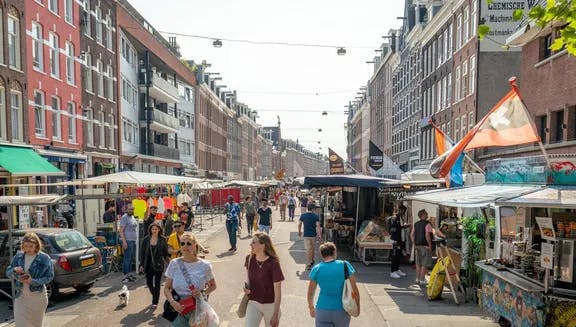
Food Lovers walking route
22 April 2025
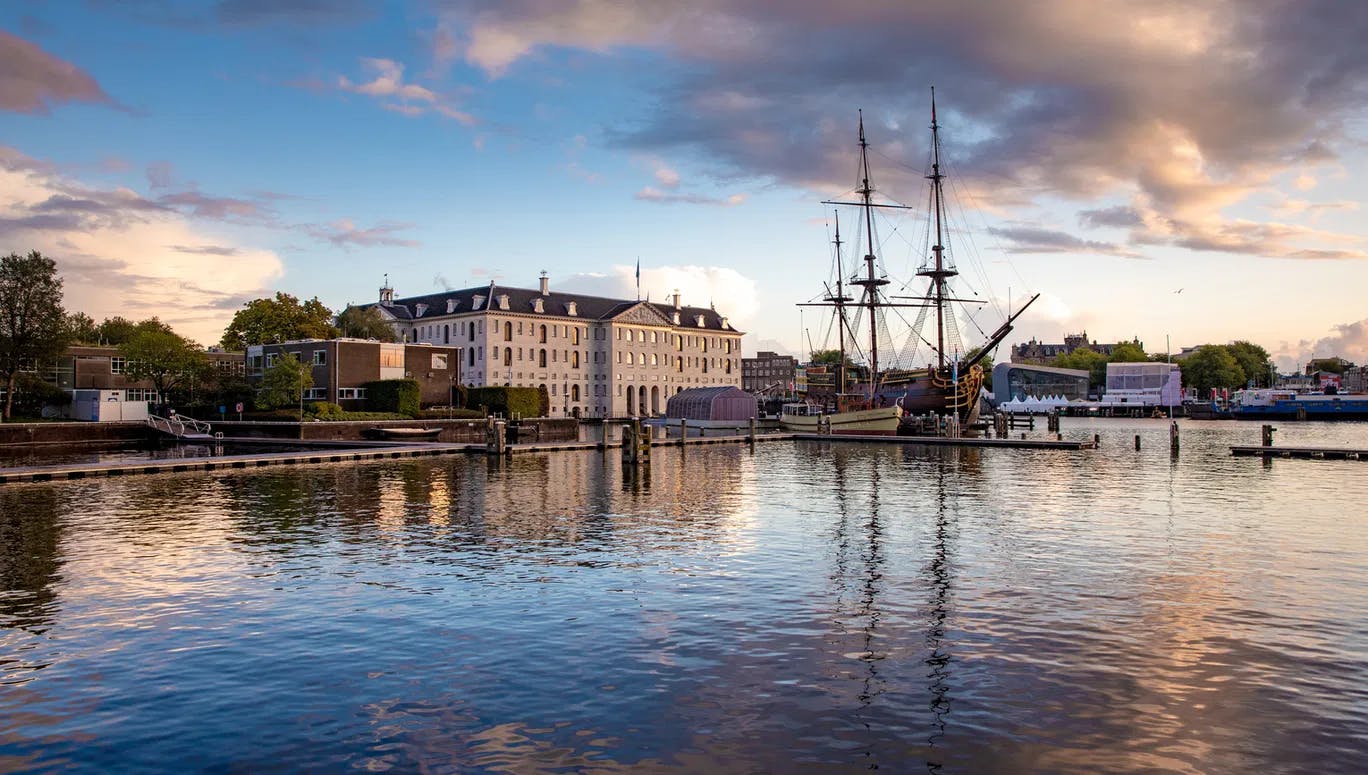

From 17th-century ships to warehouses turned creative spaces, this walk is a voyage through Amsterdam’s old-world trade and modern transformation, with a rewarding pint at the end.
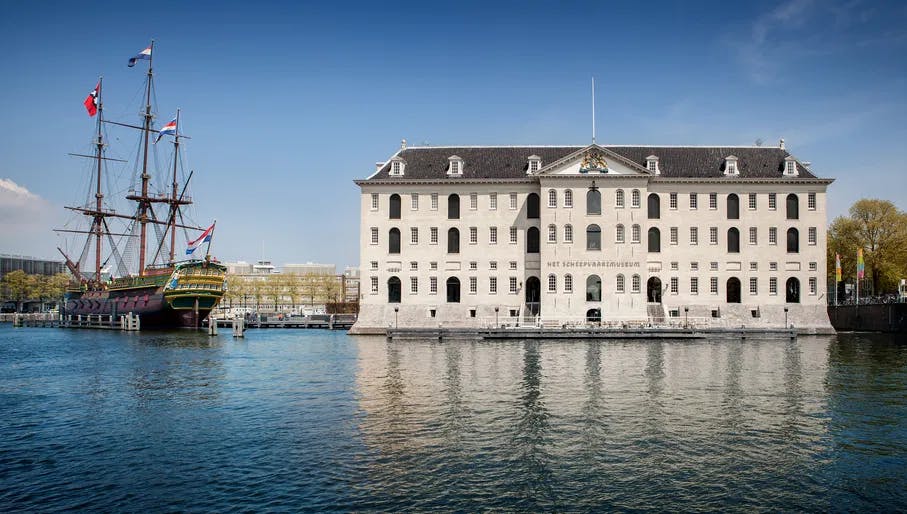
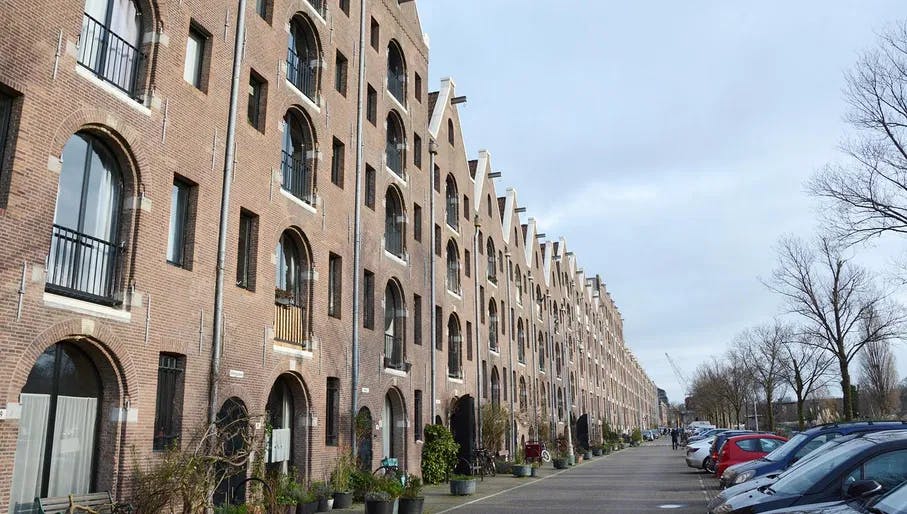

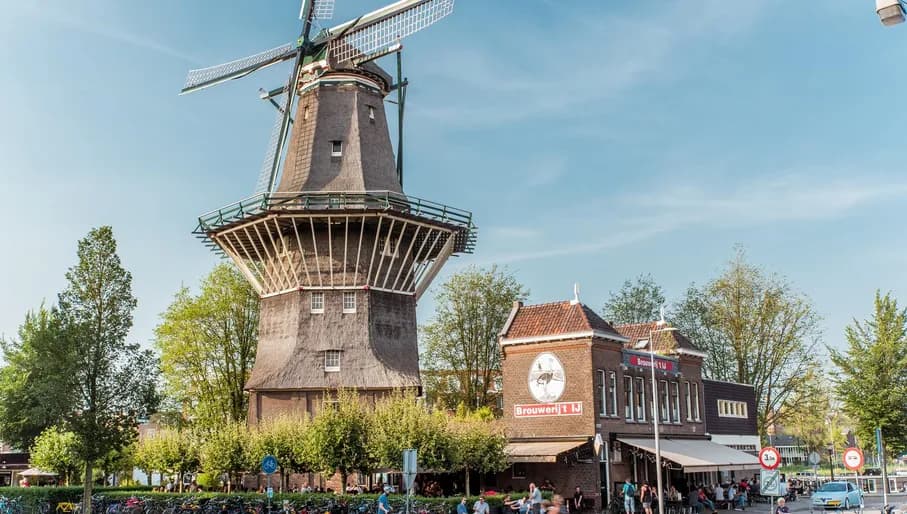
Keen to head out on this walk? Follow the route on Google Maps where you'll find all the stops condensed into one tidy package. If you're curious about other routes, we've got some for every neighbourhood.